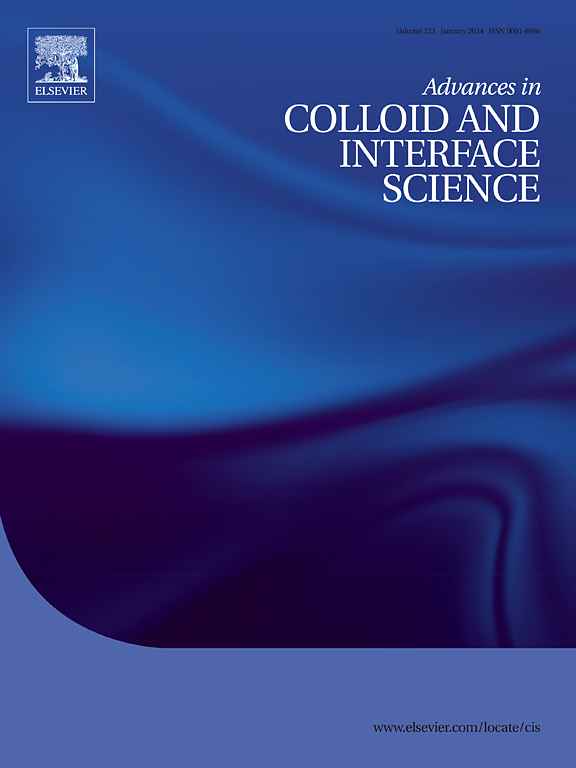通过使用 MXene 和 MXene 基复合材料进行表面纳米工程实现纤维素基功能纺织品。
IF 15.9
1区 化学
Q1 CHEMISTRY, PHYSICAL
引用次数: 0
摘要
智能纺织品具有调节体温、监测人体运动、抗菌、发出火警警报和防火等功能,最近的出现引发了人们的极大兴趣。MXene 具有高金属导电性、电磁屏蔽能力和光热/电热特性等显著特征。此外,由于具有高极性表面基团,MXene 纳米片材显示出卓越的亲水性能,能够与天然织物的极性表面建立牢固的连接。本综述重点介绍用 MXene 和 MXene 基复合材料改变纤维素纺织品表面的最新进展。MXene 与其他改性剂(如磷化合物、石墨烯、碳纳米管、导电聚合物、抗菌大分子、超疏水性聚合物以及金属或金属氧化物纳米颗粒)的结合可赋予纺织品多种功能,如自清洁和耐火性。此外,这些改性剂与二氧化锡之间的协同效应可改善二氧化锡的相关特性,如抗菌、光热、电热以及运动和火感应特性。本文章由计算机程序翻译,如有差异,请以英文原文为准。

Cellulose-based functional textiles through surface nano-engineering with MXene and MXene-based composites
The emergence of smart textiles with the ability to regulate body temperature, monitor human motion, exhibit antibacterial properties, sound fire alarms, and offer fire resistance has sparked considerable interest in recently. MXene displays remarkable attributes like high metallic conductivity, electromagnetic shielding capability, and photothermal/electrothermal properties. Furthermore, due to the highly polar surface groups, MXene nanosheets show exceptional hydrophilic properties and are able to establish strong connections with the polar surfaces of natural fabrics. This review focuses on the most recent developments in altering the surface of cellulosic textiles with MXene and MXene-based composites. The combination of MXene with other modifier agents, such as phosphorous compounds, graphene, carbon nanotube, conductive polymers, antibacterial macromolecules, superhydrophobic polymers, and metal or metal oxide nanoparticles, imparts diverse functionalities to textiles, such as self-cleaning and fire resistance. Moreover, the synergistic effects between these modifier agents with MXenes can improve MXene-related properties like antibacterial, photothermal, electrothermal, and motion- and fire-sensing characteristics.
求助全文
通过发布文献求助,成功后即可免费获取论文全文。
去求助
来源期刊
CiteScore
28.50
自引率
2.60%
发文量
175
审稿时长
31 days
期刊介绍:
"Advances in Colloid and Interface Science" is an international journal that focuses on experimental and theoretical developments in interfacial and colloidal phenomena. The journal covers a wide range of disciplines including biology, chemistry, physics, and technology.
The journal accepts review articles on any topic within the scope of colloid and interface science. These articles should provide an in-depth analysis of the subject matter, offering a critical review of the current state of the field. The author's informed opinion on the topic should also be included. The manuscript should compare and contrast ideas found in the reviewed literature and address the limitations of these ideas.
Typically, the articles published in this journal are written by recognized experts in the field.

 求助内容:
求助内容: 应助结果提醒方式:
应助结果提醒方式:


